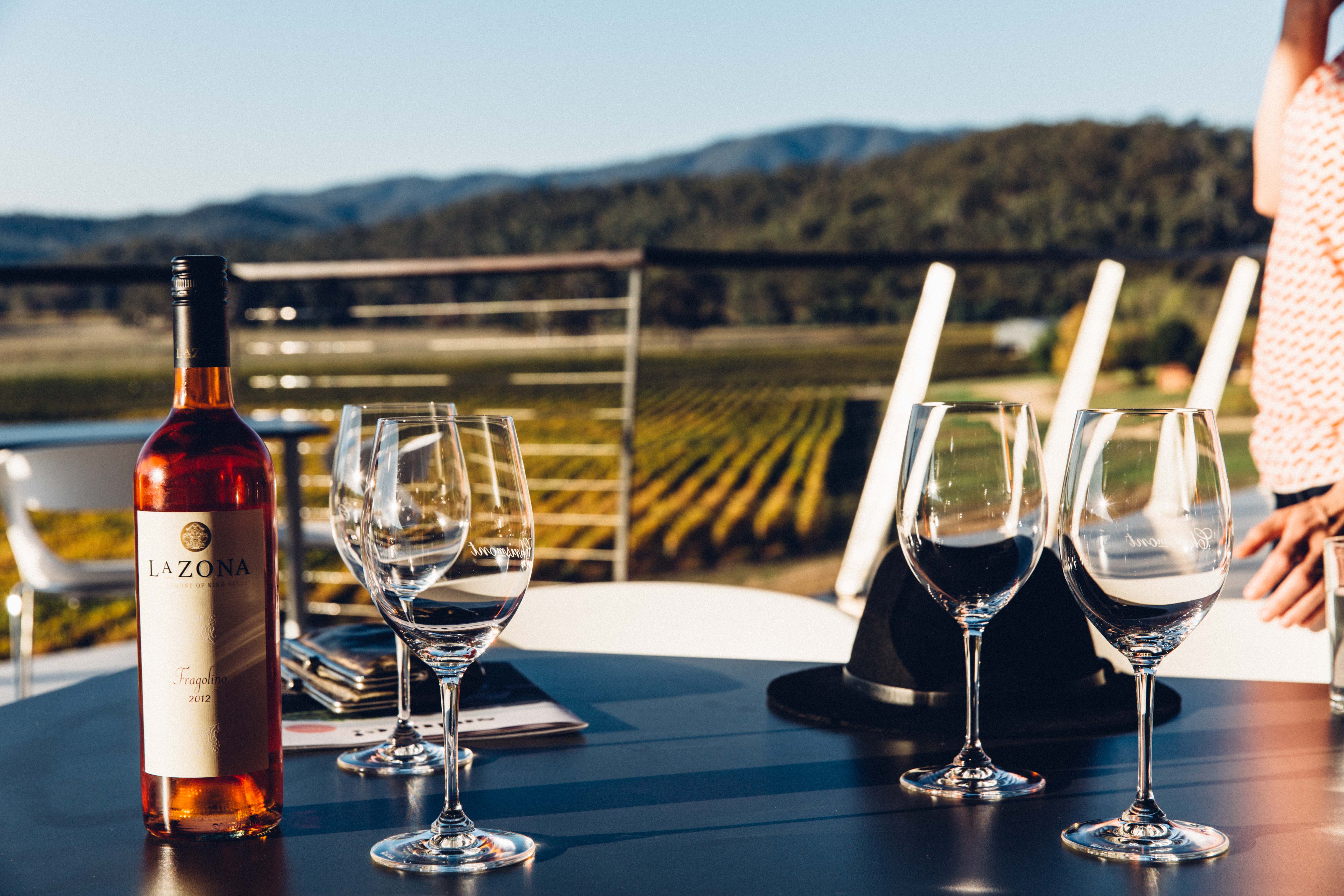As consumers more frequently base their decisions around organic products and minimalism, wine drinkers are beginning to choose wild fermentation wines over standard wines. Wild fermentation is a choice on the part of the winemakers to let the natural process of winemaking take its course, keeping their interference to a minimum and ultimately offering a sip that is more complex, textural and layered.
The wild fermentation process is simple. Grapes have natural bacteria known as microflora, which are wholly responsible for the fermentation process. This differs from standard wines in that there is no added yeast, which is used in standard wines to kickstart the fermentation process.
Wild fermentation takes a lot longer, which results in a softer taste. Furthermore, as the species of microflora vary from grape to grape, each one will add its own flavour to the wine, meaning that each bottle will have a unique taste. Wild fermentation flavours are richer than those of standard wines, tasting well with foods that are subtle in their flavours.
While the wild fermentation method has been used for centuries in Europe, it is a fairly new process in New Zealand and it’s catching on fast. As the amount of New Zealanders approaching a more organic lifestyle grows, so is the knowledge that foods and drinks that have undergone wild fermentation are healthier and richer in flavour in comparison to those which are non-organic.






